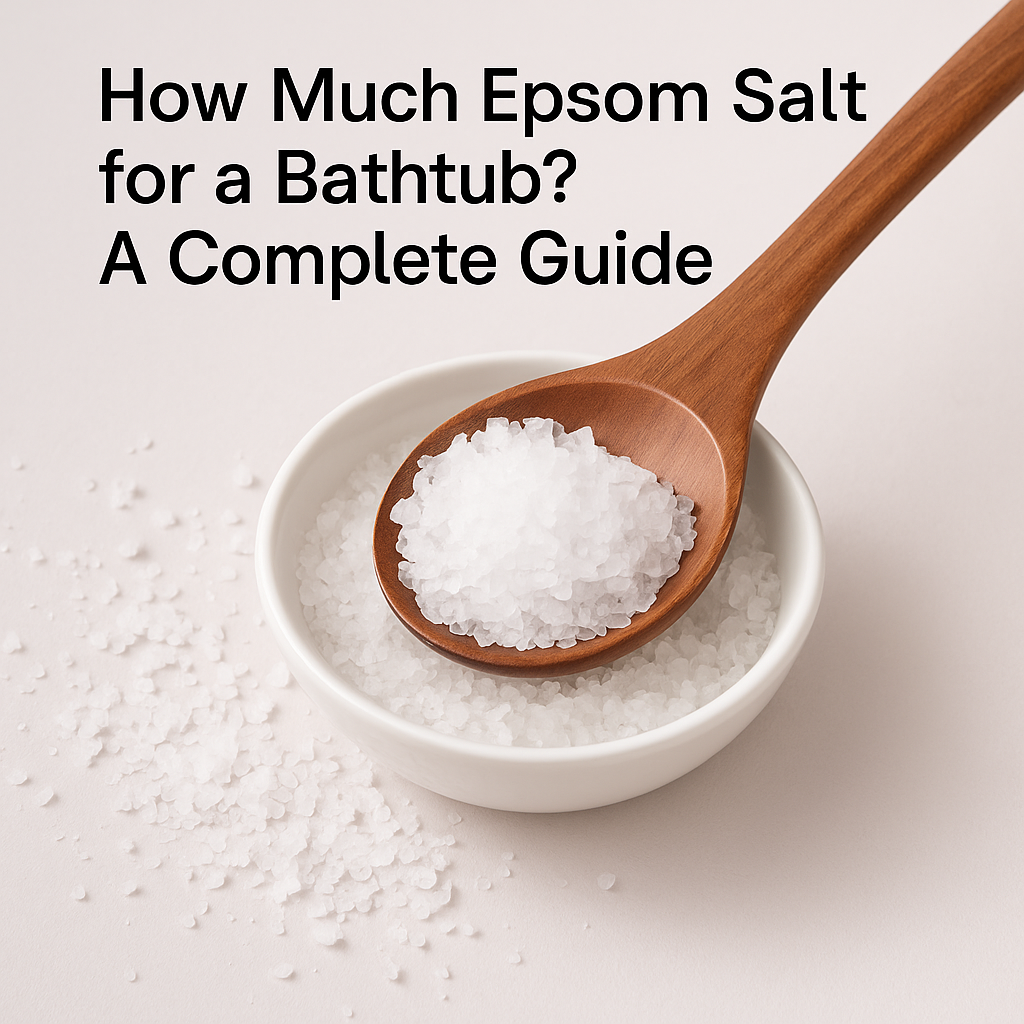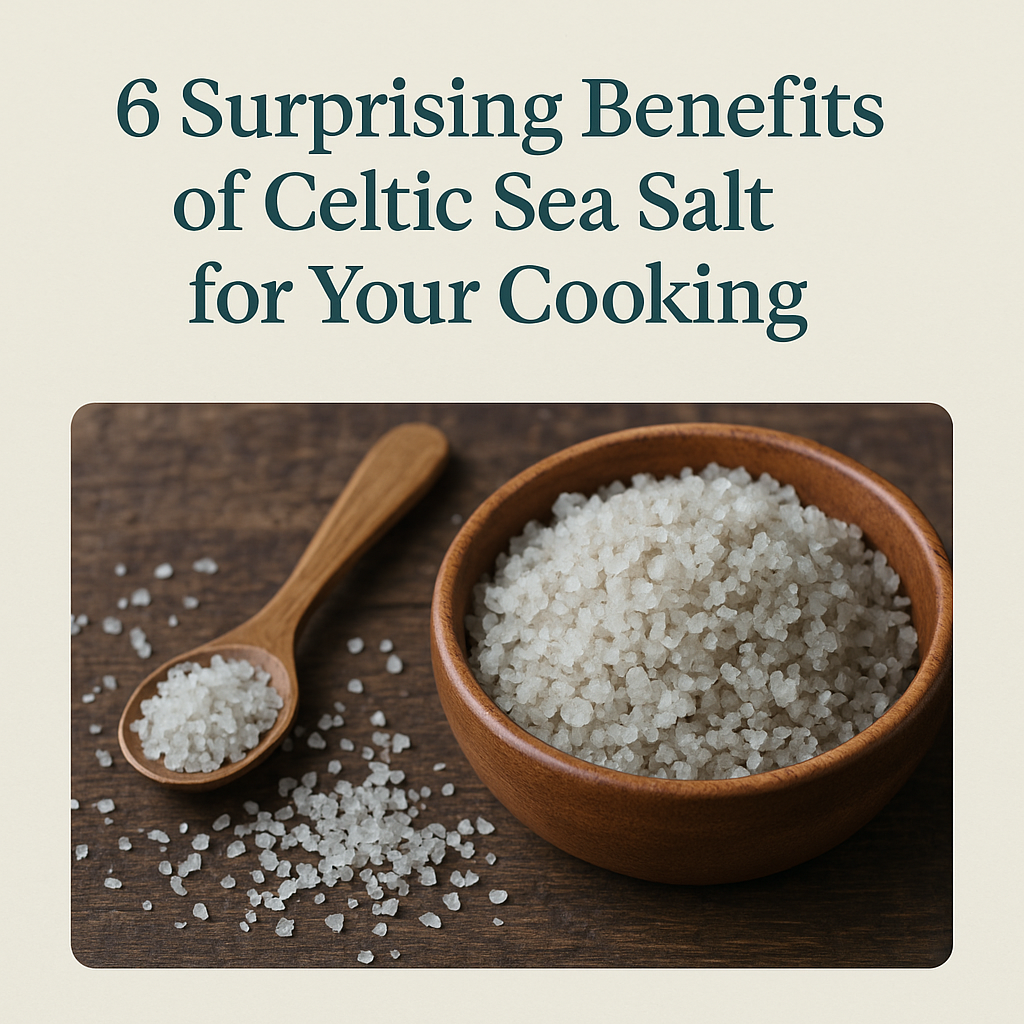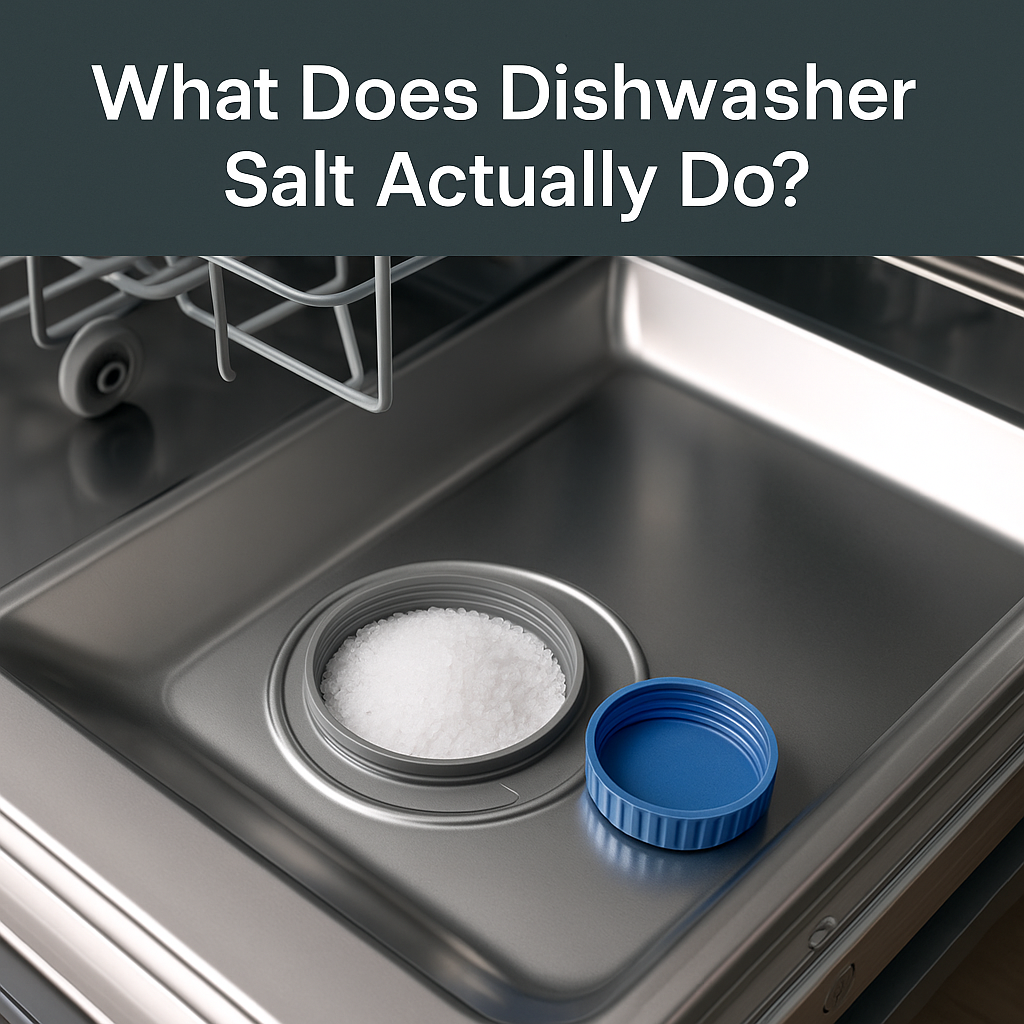Epsom salt baths have become one of those home remedies that people either swear by or are curious about. Some say they help with sore muscles, others use them for better sleep, and many just enjoy how calming the soak feels. But the main question most people have is simple: how much Epsom salt for a bathtub?
The truth is, there’s a sweet spot. Too little and you won’t notice much difference. Too much and you might dry out your skin or feel itchy afterward. Getting the amount right is what makes the bath safe, comfortable, and actually useful.
The Right Amount of Epsom Salt for a Bath
For a standard bathtub filled with warm water, the best amount is about 2 cups per gallon for adults. If you’re preparing a bath for kids, 1 cup is enough. Smaller tubs, half baths, or foot soaks only need about half a cup to a cup.
Why 2 cups? Because that’s the level that dissolves well, gives the water a noticeable softness, and supports relaxation without overwhelming your skin. Going higher than 3 cups doesn’t make the bath “stronger” in a good way. It often just leads to dryness, which defeats the purpose of a relaxing soak.
A good trick is to add the salt while the water is running. This helps it dissolve faster so you don’t sit on rough crystals at the bottom of the tub.
How to Use Epsom Salt in the Bath Properly
Getting the salt-to-water ratio right is one part, but how you use the bath matters too. Fill the tub with warm water that feels soothing, not scalding hot. Hot water may feel relaxing at first but it dries out skin faster. Stir the water so the salt fully dissolves before stepping in.
Stay in for about 15 to 20 minutes. That’s enough time for the warmth and minerals to work without leaving your skin parched. After soaking, rinse with fresh water, pat dry, and apply a simple moisturizer. This last step is important but often skipped, and it makes a huge difference in keeping skin soft instead of tight.
How Often Should You Take an Epsom Salt Bath?
Most people ask “how often should you take an epsom salt bath?” and the answer? It’s simple. Two to three times a week is usually ideal if you’re using them for sore muscles or stress. If it’s just for skin care or relaxation, once a week is plenty.
Daily soaks might feel good for a while, but they strip away natural oils from your skin. If you notice dryness, scale back. Many people find their best balance is after workouts or at night before bed, not as a daily habit.
Why People Use Epsom Salt Baths
There are some well-known benefits why people use epsom salt baths and also a few lesser-known ones:
-
Muscle relief after exercise or long workdays.
-
Stress reduction thanks to warm water and the calming feel of magnesium sulfate.
-
Softer skin, especially for rough spots like elbows and feet.
-
Improved sleep, since a warm bath before bed naturally helps the body wind down.
-
Foot health, useful for swollen or tired feet.
Something people rarely talk about is how soaking in Epsom salt may temporarily raise your body’s magnesium levels through the skin. Research is still mixed on how much gets absorbed, but plenty of people report they feel calmer and sleep better after a soak. The effect may be part chemistry and part the simple act of slowing down.
What Can Happen If You Use Too Much
A lot of guides skip this part, but it’s worth knowing. Using way more than the suggested 2–3 cups can make your skin itchy, flaky, or irritated. If you have eczema or sensitive skin, the reaction may be stronger. Also, soaking too long can dehydrate you, which is why drinking water before and after a bath is a smart move.
If you ever notice dizziness, lightheadedness, or a rash after a bath, it’s a sign your body doesn’t like the concentration. Reducing the amount or frequency usually fixes it.
Little-Known Tips for Better Epsom Salt Baths
-
Mix essential oils into the salt before adding them to the tub. This helps spread the scent evenly and prevents oils from floating on the water.
-
Try alternating warm and cool baths if you’re recovering from tough workouts. Adding Epsom salt to the warm soak can speed muscle relief.
-
For better sleep, schedule your soak about an hour before bed. The body’s temperature naturally drops after the bath, which signals it’s time to rest.
-
If you’re short on time, use an Epsom salt compress. Dissolve salt in warm water, soak a towel in it, and place it on sore muscles. It gives some of the same benefits without filling a whole tub.
Using Epsom Salt Beyond the Bathtub
Epsom salt isn’t only for full baths. You can use it in smaller ways:
-
Foot soak: Half a cup in warm water for 10-15 min relieves tired, swollen feet.
-
Hand soak: Good for stiffness if you type or work with your hands a lot.
-
Skin scrub: Mixed with olive or coconut oil, it makes a simple exfoliant for rough skin.
These small uses are less talked about but just as effective, especially if you don’t always have time for a full bath.
So, How Much Epsom Salt for a Bathtub?
The clear answer is 2 cups for a standard adult bath, 1 cup for children, and less for smaller tubs or soaks. It’s the safe, effective middle ground. More isn’t better, and less often doesn’t give much result. Balance is what makes Epsom salt baths helpful.
By keeping the ratio right, soaking at the right frequency, and finishing with good hydration and skincare, you’ll enjoy all the well-known benefits and avoid the common mistakes people make.
At SAHZ, we believe simple self-care can make the biggest difference. That’s why we provide high-quality salts that help you create your own calming bath routine at home. Explore our collection today and start enjoying baths that actually feel good and do good.








